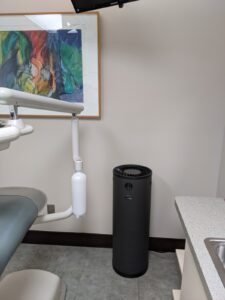 Losing sleep can have a number of negative impacts on your overall health and your ability to function at work or school. If you often feel exhausted during the day, then you may need to see your dentist. You could have obstructive sleep apnea or possibly upper airway resistance syndrome. What’s the difference between OSA and UARS? How do you treat these disorders?
Losing sleep can have a number of negative impacts on your overall health and your ability to function at work or school. If you often feel exhausted during the day, then you may need to see your dentist. You could have obstructive sleep apnea or possibly upper airway resistance syndrome. What’s the difference between OSA and UARS? How do you treat these disorders?
Obstructive Sleep Apnea
Obstructive sleep apnea develops when the soft tissues in your throat and mouth become too relaxed while you sleep, collapsing and blocking airflow. The patient stops breathing entirely for a brief period until woken by the brain. The patient may not remember these episodes of waking up, but they can happen hundreds of times per night. The patient then becomes sleep deprived. Symptoms include waking up gasping for air or choking, snoring, moodiness, and sleepiness throughout the day.
Upper Airway Resistance Syndrome
UARS actually occurs prior to the onset of sleep apnea. The issue develops when the airways narrow, causing resistance when a patient breathes. Symptoms of the disorder include drowsiness, waking up frequently in the night, and fatigue. Patients may not snore or have episodes of waking up gasping/choking for air. However, if treated in this stage, we can help a patient avoid the onset of obstructive sleep apnea.
Treatment Options
We have treatment options for both UARS and sleep apnea. A CPAP machine can ensure uninterrupted breathing. In addition, an oral appliance worn during sleep reposition the jaw to prevent airway from narrowing or becoming obstructive completely. We will assess the cause and severity of your sleep issues to decide if you need treatment. If you have any questions about sleep apnea or addressing persistent drowsiness, then please contact our office today.






